Chinese architecture can be divided into two parts: ancient and modern.
The ancient traditional Chinese architecture has a distinct style and defining characteristics, including colorful ornamentation, sweeping roofs, screens, towering wood columns, and symbolic sculptures of figures such as dragon, lion etc. Traditional Chinese design will always remain its beauty, holiness and mystery in the history of China.
While as older buildings are torn down and newer ones built at ever faster rates. Modern Chinese architecture takes on a very sleek and futuristic style. Buildings appear more open concept and streamlined.
The images below show glimpses of Chinese architecture, both traditional and modern. All of these thermal images are taken with GST infrared cameras and cores. Let's take a look at how these buildings look under the view of infrared camera.
1. Beijing West Railway Station
It is one of the 4 major railway stations in Beijing and opened for operation on January 21, 1996. At that time, it was one of the largest modern railway passenger stations in Asia. Beijing West Railway Station covers an area of 510,000 square meters, with a total construction area of about 700,000 square meters.
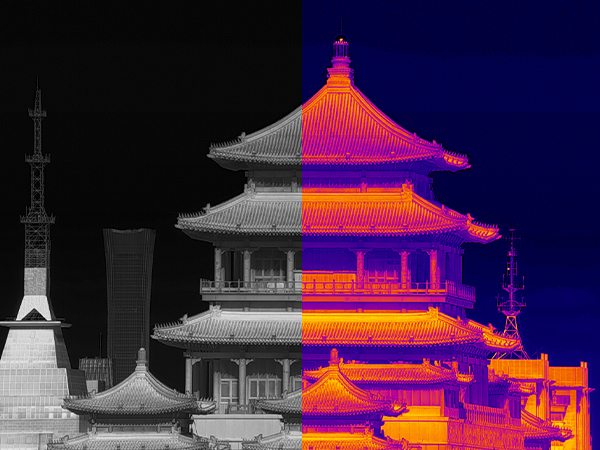
2. Central Radio & Television Tower
It is a 405-metre-tall telecommunication and observation tower in Beijing, China, which was the tallest structure in the city until 2018. Built in January 1987, completed in September 1994, and officially opened on October 1, the Central Radio & Television Tower covers an area of 15.4 hectares.
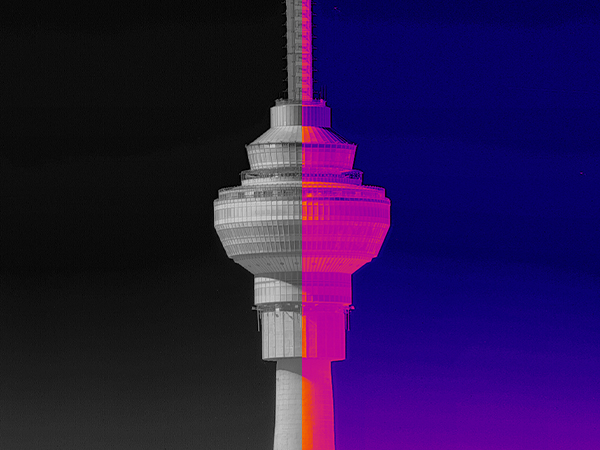
3. CCTV Headquarters in Beijing
The CCTV headquarters building covers an area of 187,000 square meters, with a total construction area of about 550,000 square meters. It started to be constructed on October 21, 2004, and was completed on May 16, 2012. It was selected as one of the top ten architectural wonders of the world in 2007 by the American "Time" magazine On December 24, 2007.
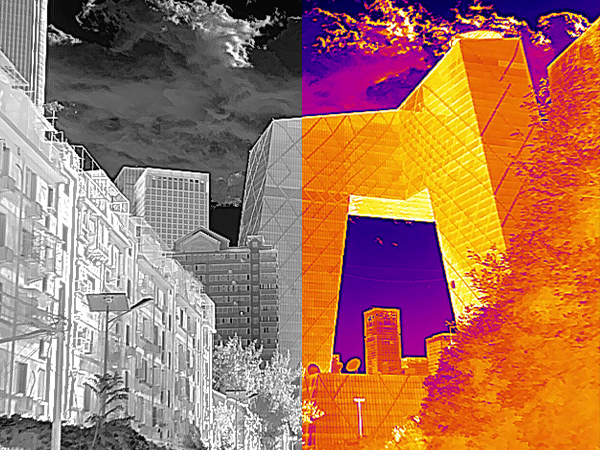
4. Wuhan Optics Valley Tennis Center
Completed in 2014, Optics Valley International Tennis Center can not only meet the professional, international and standardized needs of the world's top tennis events, but also undertake many Olympic events such as gymnastics, basketball, volleyball, badminton, table tennis, wrestling, weightlifting, boxing and fencing. With its advanced forward-looking design, the Optics Valley International Tennis Center can hold large-scale public events such as mass gatherings, large-scale performances, and high-end exhibitions.
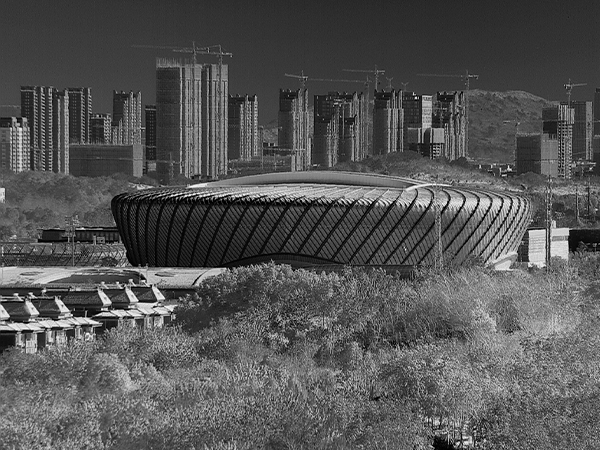
5. Wuhan Guqin Platform
The Guqin Platform, also known as Lute Platform, is a memorial site located in Wuhan. It is dedicated to the well-known Chinese story of Yu Boya and Zhong Ziqi, the events of which are said to have taken place during the Zhou dynasty in the vicinity of Lute Platform.
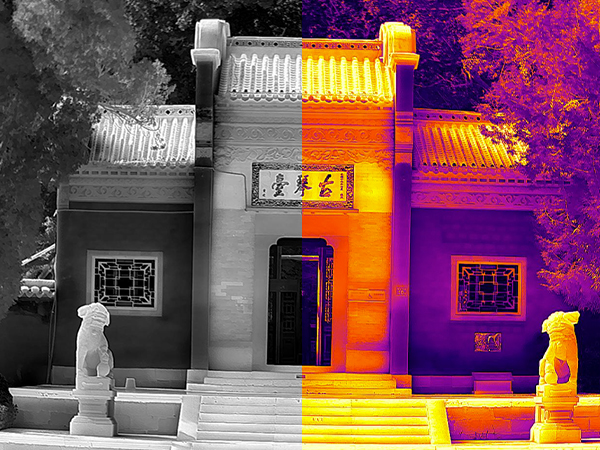
6. Optics Valley
The "Optical Valley of China", which was founded in 1988, was approved by The State Council as one of the first national high-tech zones in 1991. In 2001, it was approved by the former State Planning Commission and the Ministry of Science and Technology as the National opto-electronics industry base, namely "Wuhan China Optical Valley". This building is one of the symbols of optics valley.
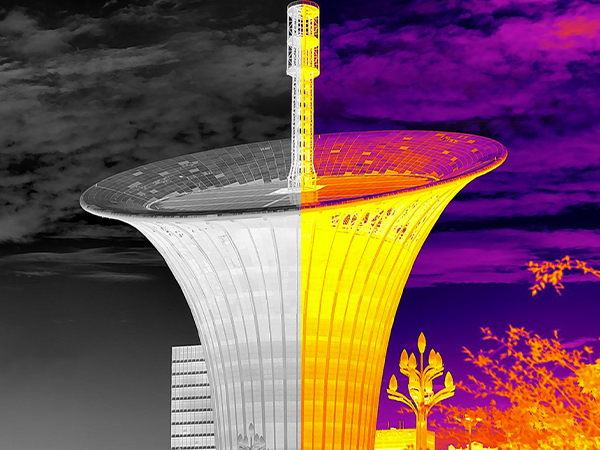
7. Hubei Museum of Art
It is adjacent to Hubei Provincial Museum and one of the landmarks of cultural construction in Hubei province.
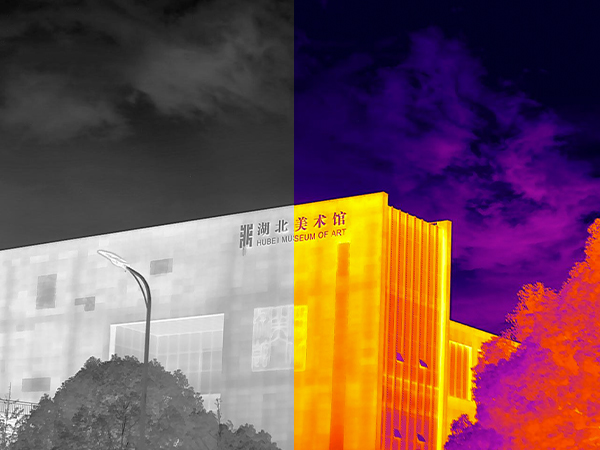
8. Hubei Provincial Museum
It is one of the best known museums in China, with a large amount of state-level historic and cultural relics.
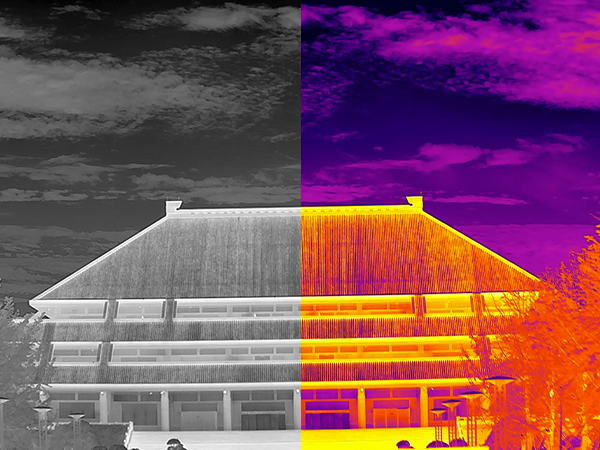
Go Top